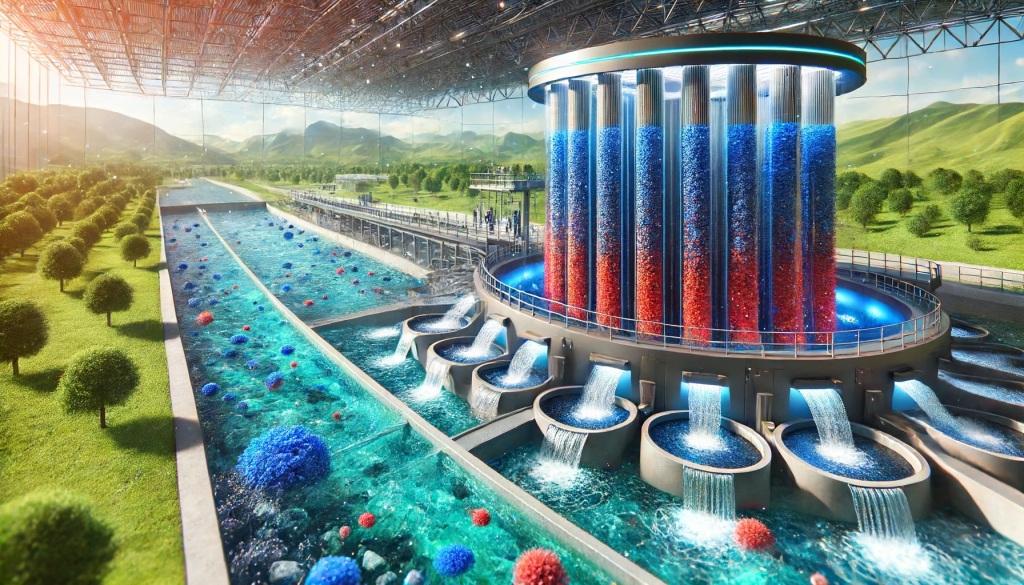
Researchers have developed an innovative composite material to tackle the simultaneous removal of hexavalent chromium (Cr(VI)) and methylene blue (MB) from industrial wastewater. This new composite, made from natural siderite and bagasse, combines an iron-based mineral with biochar through a single-step co-pyrolysis process. When used in conjunction with oxalic acid (OA), the composite shows impressive results in removing both contaminants effectively.
The study highlights the significant role of iron in enhancing the electrochemical properties of biochar, which improves its ability to adsorb and reduce pollutants. The presence of iron species in the composite increases the Zeta potential of the biochar, facilitating better anion adsorption and promoting electron transfer processes crucial for Cr(VI) reduction. This synergistic action is further supported by the redox processes of iron species and the electron transfer facilitated by OA.
For MB removal, the composite utilizes both adsorption and oxidative degradation, driven by biochar-induced persistent free radicals. The researchers found that the Fe@BC=1:2/OA system performs excellently under various conditions, making it a practical solution for complex wastewater treatment.
This development represents a cost-effective and sustainable approach to environmental remediation, utilizing agricultural and industrial waste to create a powerful tool for purifying water. The study offers new insights into preparing iron-based biochar composites and opens up possibilities for broader applications in managing industrial pollutants.






Leave a comment